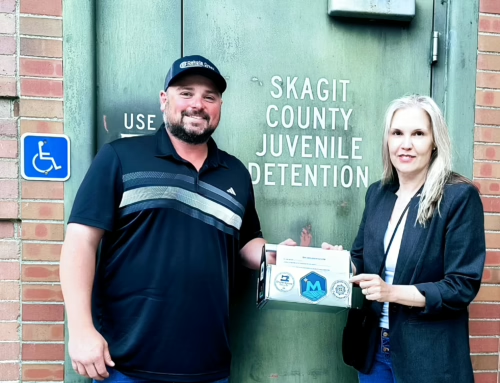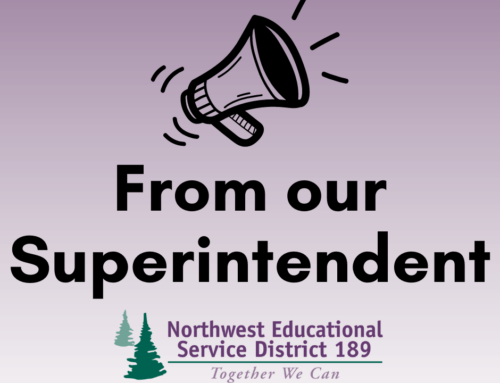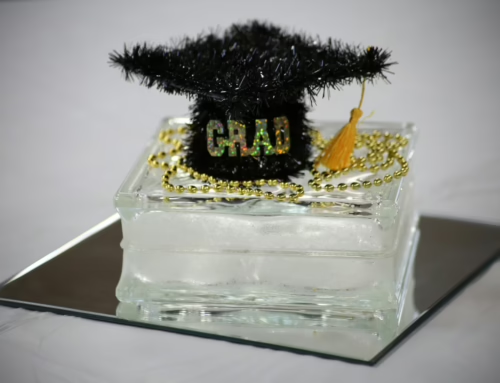I have heard this universal question from math teachers everywhere, “How will I address current learning targets and unfinished learning?” If you are a math teacher asking this question, you are not alone! Fortunately, during the spring and summer months, several documents were released providing guidance and considerations for addressing unfinished learning and teaching needs in mathematics for the 2020-2021 school year. Below are examples of three:
- Addressing Unfinished Learning After COVID-19 School Closures, Council of the Great City Schools, June 2020
- Moving Forward: Mathematics Learning in the Era of COVID 19, NCSM and NCTM Joint Document, June 2020
- Considerations for K-12 Mathematics Education, OSPI, September 2020
Across the board, the guidance stresses the importance of building a culture for learning, equitable structures for student learning, and focusing on grade-level work.
We all want our classrooms to be safe havens that provide the best learning environment possible for students. As educators, we must build relationships with our students and gain their trust in order to fully engage with them in rigorous mathematics.
“Name Tents”
I know this isn’t the beginning of the year and you know the names of your students, but this version of the “Name Ten”t strategy from Sara Van Der Werf can help you build relationships and trust. The strategy incorporates 5-minutes at the end of the day for your students to write a note to you. You might ask them to write something they want you to know about them or a question they might have. There are many more prompts. The key here is that you need to respond to each and every student. It doesn’t have to be a long comment, but your response acknowledges them and demonstrates your belief that what they think and what they have to say is valuable. To learn more including updates for virtual name tents check out Sara Van Der Werf’s blog: “Name Tents with Feedback”
“Which One Doesn’t Belong?” (WODB)
We have long been aware of the negative dispositions held around mathematics. Now more than ever we need to invite students to be mathematicians. This is especially true for our students with learning disabilities and multilingual learners. Examine the assets of your students and capitalize on them. One way to do this is to incorporate routines in the classroom that honor diverse thinking, allowing students time to think, and uplifting student voices. You may want to use a routine called “Which One Doesn’t Belong?” (WODB). During this routine students are shown four images and are tasked with deciding which one doesn’t belong and explaining why. The beautiful thing about this routine is that there isn’t one right answer. WODB invites our students to engage in the CCSS Standards for Mathematical Practice and NCTM’s Math Teaching Practices. To learn more, check out this resource page WODB from OSPI and AESD.
In order to create more equitable outcomes, especially for underserved students, plan thoughtfully with a focus on the current grade-level standards. To begin, your curriculum may already have adapted units focusing on priority standards. You might also refer to the documents from Student Achievement Partners to guide your work on prioritizing standards (K-8 and High School). We need to provide grade-level content and address unfinished learning with limited instructional time. Prioritizing content standards and leveraging the coherence of the math standards will support rigorous instruction and just-in-time intervention.
The work is hard, but the rewards remain high. Recognize the many achievements you continue to make during this time. Celebrate the resilience of your students. Through all of this, know that the Northwest Educational Service District is by your side!




